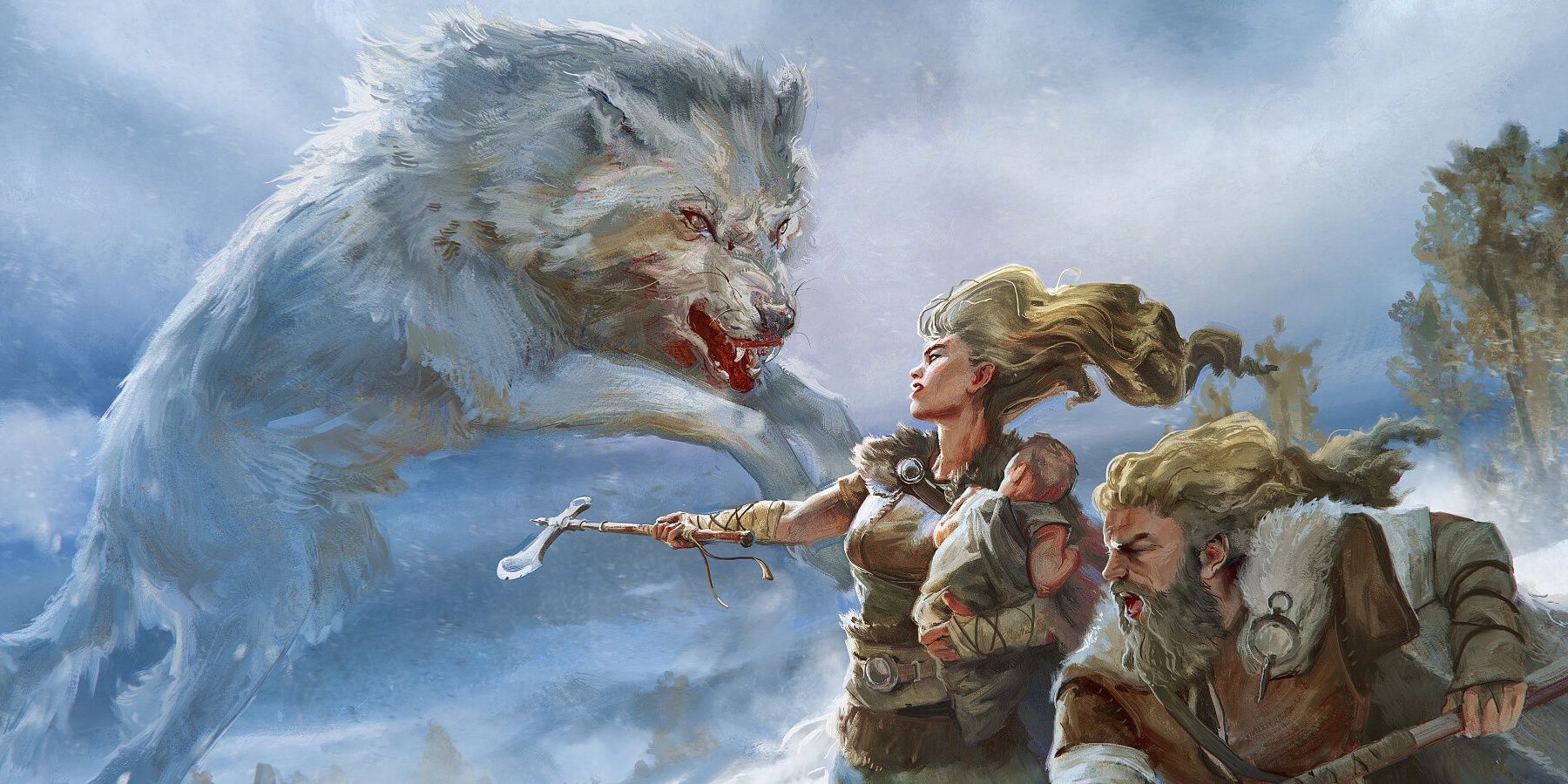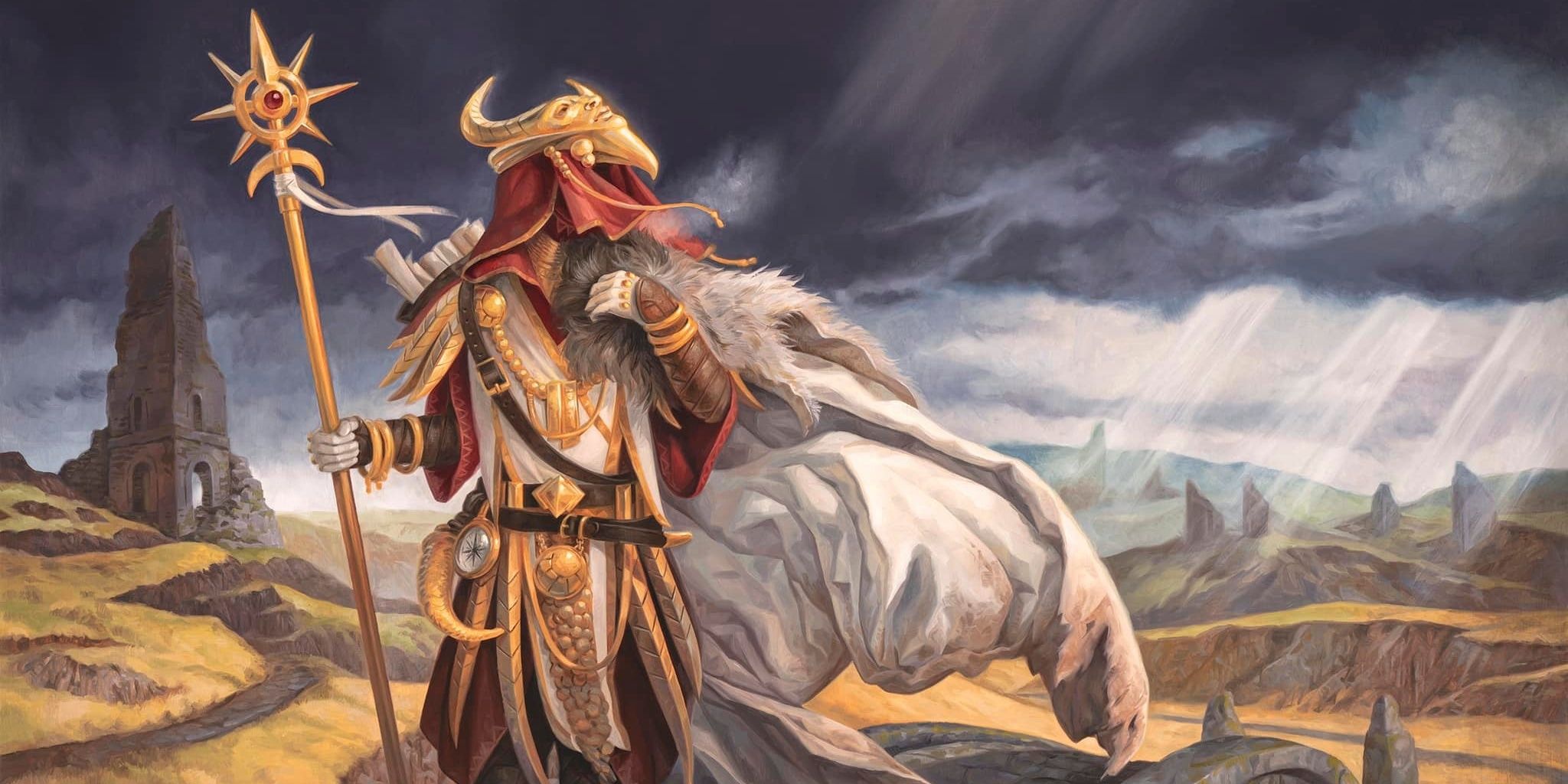The six-armed snake demon lashes out with its tail, coiling it around Thurnog and hoisting him into the air in front of her. With a vicious smile, the demon raises the six scimitars held in her hands and slashes them across the restrained Thurnog's exposed upper body and head. There's a moment of silence as you watch Thurnog's head fly from his shoulders. It lands on the ground with a wet thud.
Over the course of a Dungeons & Dragons adventure, there are more than a handful of opportunities for player characters to kick the can. After all, if the adventuring life wasn't so deadly, there would be no need for adventurers. As far as adventurers are concerned, the question of death isn't so much a matter of if as it is when. Consequently, dungeon masters (DMs) need to be prepared to handle this eventuality when it inevitably comes knocking. If you adhere to the tips that follow, there's no question that your players will feel as satisfied as possible with the end of their character's story.
5 Make It Obvious
The first step to a proper player character death lies in understanding that losing a player character is a traumatic event. Players spend many hours dreaming up and constructing the characters that they bring to the table. The more time that a player spends behind the wheel of their character, the more attached they become to it. As a result, players have a tendency, and arguably a right, to be upset if their character suddenly dies without word or warning.
The best way to avoid this common pitfall is to make the possibility of the character's death obvious. Any time the players encounter a foe that is capable of killing them, it's your job as the DM to make it clear that this is a terrifying opponent. You can do so through your description of the creature as well as by telling the players how their characters feel about facing it. A healthy amount of foreshadowing that describes an upcoming encounter, boss monster, or other difficult enemy is also effective at getting this point across.
The same goes for player characters who talk about taking an action that's clearly ill-advised. As the DM, you are able to ask the player if they're sure they want to ahead with the action they have outlined. Oftentimes, this is more than enough of a warning to satisfy most players.
4 Make It Reasonable
No great adventuring story ever ended with the adventurer being stabbed in the gut by a goblin with a dagger. That's not to say that you should never allow a goblin to secure a killing blow on a PC. In fact, this is a perfectly suitable way for an adventurer in the first tier of play (levels 1-5) to meet their end. However, this goblin shouldn't be a nobody. He should be someone that provided a reasonable threat to the player character's lives and made earnest on that threat.
For example, he might be a goblin boss at the head of a local gang of street thugs. Alternatively, he could be the faithful servant of a wizard in the area whom the party knowingly or unknowingly upset. Whatever the case, any creature or action that leads to the death of a player character should be a creature or action that reasonably could have done so. There will be times when an unnamed NPC (non-player character) finishes off a player character. If the NPC happens to escape or force the rest of the party to surrender, these times are some of the best opportunities for the DM to construct a new villain for the party to face. Instead of actively avoiding these opportunities, try to take advantage of them. Your game will be all the better for it.
3 Make It Epic
Player character death is one of the best times in the game to describe a climactic moment. These are some of the greatest instants in which you can properly outline the dangerous, gritty, and scarring nature of the adventuring profession. When a killing blow is dealt, a simple "The monster hits. You fail two death saves. You die." is far from the golden standard. Instead, take all the time in the world to draw out the moment. If the character's death comes at the end of a whirlwind of actions, you may even want to rewind the clock for a second, describing everything that has happened over the last few turns in a single, continuous flow of action like a cutscene in a video game.
For instance, "Rel'gar the Splitter stands over the unconscious body of your friend and ally Aldaxel. A look of triumph tinged with bloodlust comes over his face, and his toothy mouth curls up into a grin. He hefts his greataxe over his head with two hands. Then, with a scream of elated rage, he brings the axe down and splits Aldaxel's body from the right shoulder to the left hip. Blood and gore spurt from the wound, covering Rel'gar from head to toe. The muscular orc licks his blood-matted face with violence in his eyes as his gaze turns to the rest of you. Aldaxel is slain."
The purpose of making it epic is twofold. For one, it does a great job of beginning to set up a future villain that the player characters will encounter again. Secondly, it provides the player who died with a fittingly awesome death that they are sure to remember years ahead of time. When the player brings up Aldaxel in future conversations, his death at the hands of the Splitter will become an important part of Aldaxel's story, no matter the fact that it was also Aldaxel's end.
2 Allow Last Words
"Fly, you fools!" - Gandalf, Lord of the Rings
A player character's last words are an important moment for that character to leave a lasting mark on the rest of the party. While D&D technically has PCs fall unconscious before they die in most instances, there's no reason why you as the DM can't give the player character a moment to speak a few last words before the final killing blow or failed death save is made. This is a moment where the "rule of cool" trumps whatever technicalities of unconsciousness a literal reading of the rules might imply.
Last words are a moment for a player to say goodbye to both their character and the rest of the party. It allows for some amount of closure, which is always a good thing to have at the end of any relationship. Not to mention, it also adds to the epicness of the character's death.
1 Provide The Opportunity For Resurrection
Last but certainly not least, let's not forget that resurrection magic is most certainly a thing! For some players, it's especially hard to let go of a character. For some players, they want nothing more than to continue the story of their dead PC even though they failed in their quest. In these scenarios, don't forget that you can always provide a player character with the opportunity to be resurrected. That being said, resurrection should always be far from free. The party may have to find a priest of suitable power to perform the resurrection and either pay her church in suitable tithes or perform a task for her in exchange. They might have to travel to the underworld to reclaim the lost soul of their friend. They may have to make a deal with a powerful entity in exchange for returning their ally to life. More commonly, they will need to track down a certain material component so that the party healer can cast the necessary spell to bring them back.
Whatever the case, always provide the opportunity for resurrection where it makes sense. Additionally, it's advisable for campaigns in the third and fourth tiers of play (levels 11-20) to further limit resurrection by some other means the DM finds appropriate. For example, Matt Mercer's fading spirit resurrection rules. Otherwise, by these levels, you may find that your players have nothing to fear, including death itself.

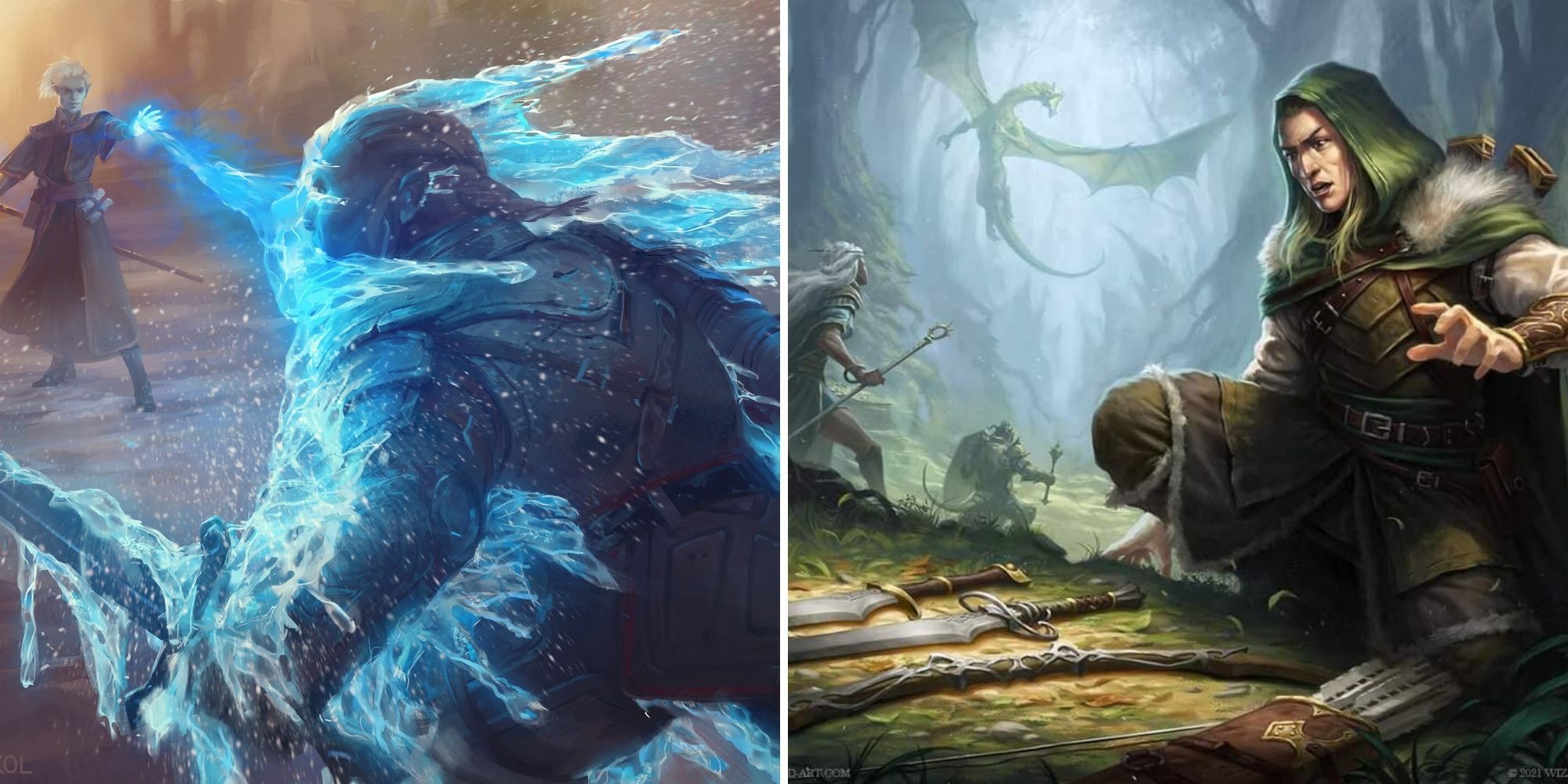
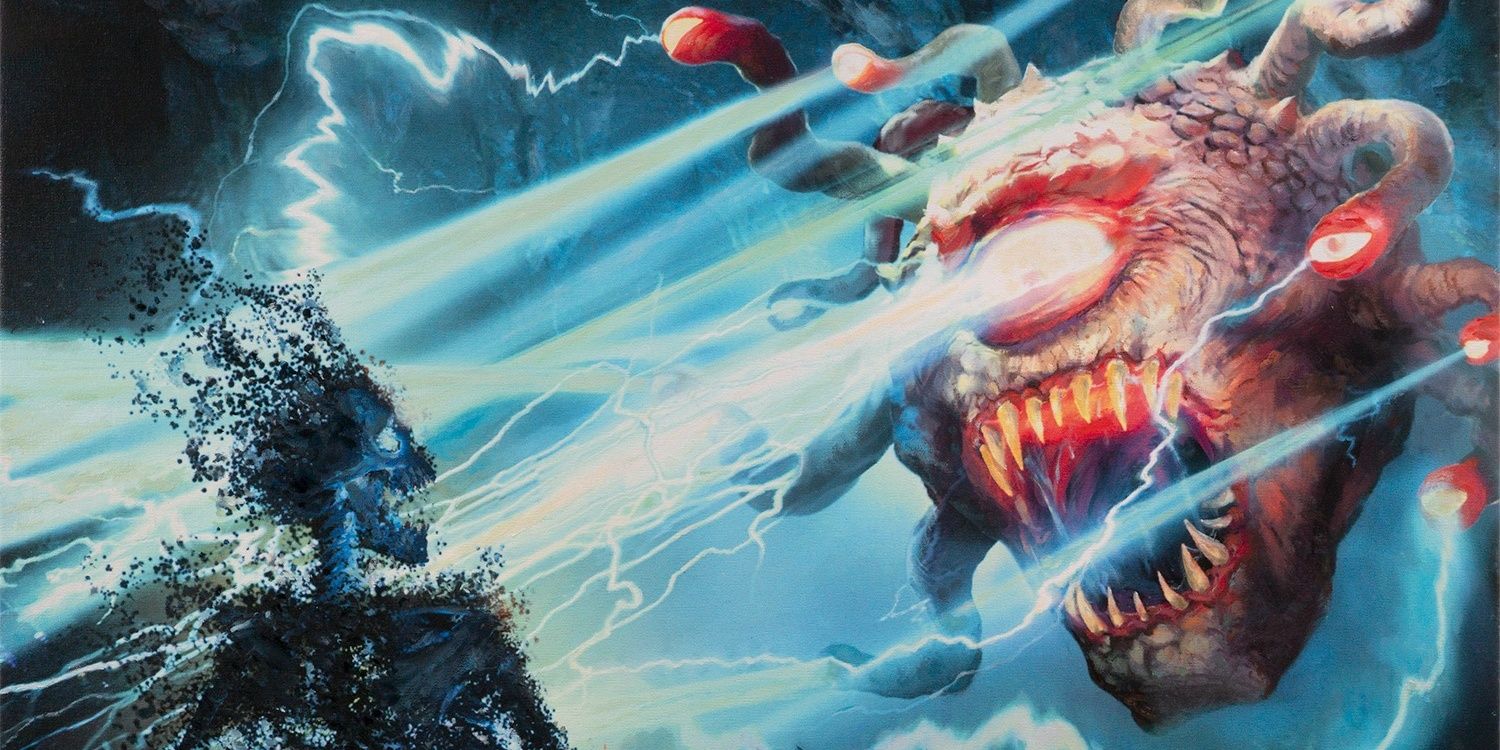
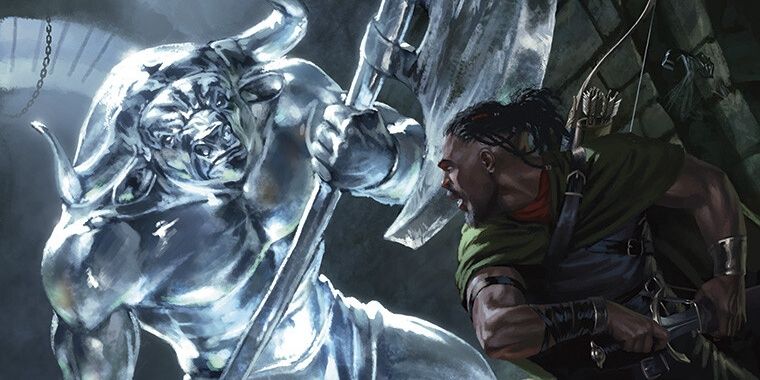
-by-Ralph-Horsley-Cropped.jpg)
